Oil on canvas,
Carved wooden frame,
gilded with gold.
L.65 x W. 54 cm.
A pupil of Lucas Delahaye, then of Bon Boullogne and Hyacinthe Rigaud, Tournières was twice admitted to the Royal Academy of Painting, in 1702, as a portrait painter with the portraits of the painters Pierre Mosnier and Michel Corneille, and on October 24, 1716, as a history painter with the Invention of Drawing (1716), showing "Dibutade painting on the wall the shadow of her lover in the light of a candle", which earned him the nickname "the Schalken of France". With a real talent as a physiognomist and painter, Tournières enjoyed a very high reputation during his lifetime. Highly sought after in his time, he was the portraitist of the Regent, chancellors, and many political figures, and left behind more than two hundred portraits, most of which are preserved in private collections. His numerous portraits depict figures from various classes: ministers, magistrates, ladies of the court, artists, and merchants. With delicate coloring, perfect appropriateness in pose and adjustment, and a certain elegance in the draperies, he is an artist who is more careful than powerful. He gave the French formula of portraiture a particular truth and vigor, and his genre work is one of the most significant examples of the Dutch influence on French art. The heterogeneous character of his work is typical of an artist from the transitional period of the Regency: the lightness of his palette prefigures the Rococo style, while the Dutch elements give his work a new and more intimate character, which helps to renew the Rigaud school of portraiture, which had brought a somewhat superficial pomp to French art. He executed large paintings, the memory and trace of which are lost, and small ones in which he distinguished himself, influenced by Godfried Schalken and Gérard Dou whom he had specially studied. He saw in the Dutch paintings particular settings and lighting, and was imbued with their realistic atmosphere, the serious simplicity of their portraits to retain the modeling of the faces, the deep and discreet expression of inner life and restore them on his canvases. Among his most remarkable canvases, we can cite a portrait of Maupertuis, engraved by Daullé; another of Pécour, engraved by Chéreau; that of the academician Mosnier, at the École des Beaux-Arts; that of Michel Corneille, at Versailles. Other of his works belong to the collections of the museums of Orléans, Rennes, the museum and library of Caen, the museum of Nantes. His main students were Huliot fils, flower painter, Romagnesi and Lemoyne. Sarrabat and Daulle each engraved a portrait painted by Tournières.







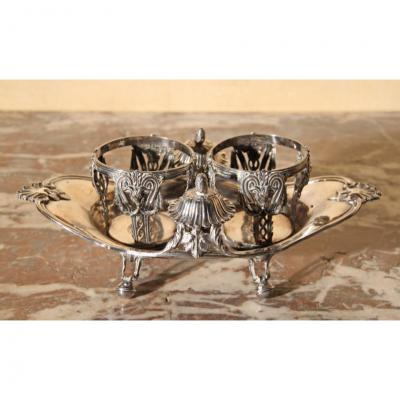

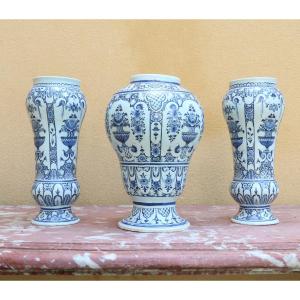



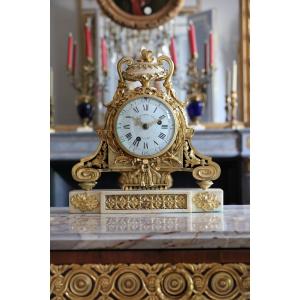


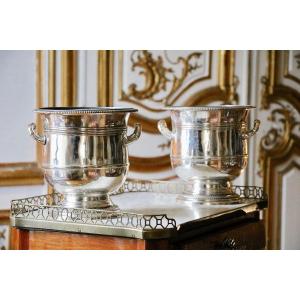
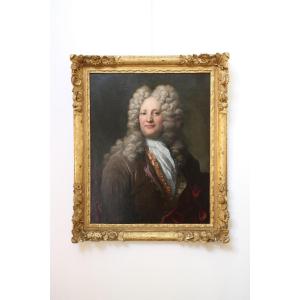
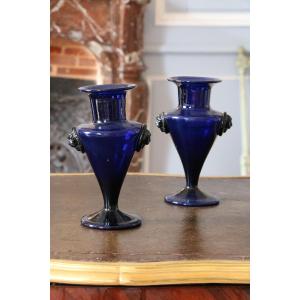

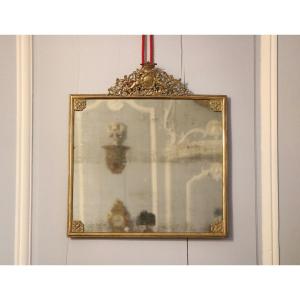
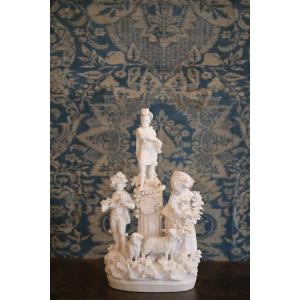
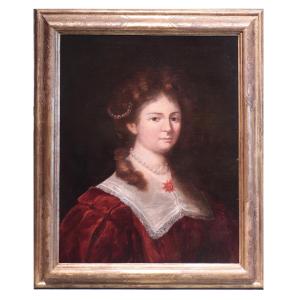







 Le Magazine de PROANTIC
Le Magazine de PROANTIC TRÉSORS Magazine
TRÉSORS Magazine Rivista Artiquariato
Rivista Artiquariato